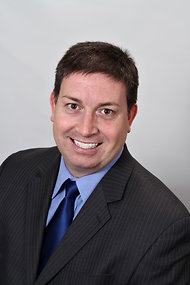The world’s largest smartphone maker said its net income reached 7.2 trillion won ($6.5 billion) in the first three months of 2013, compared with 5 trillion won a year earlier.
The figure was a surprising 2 percent increase from the previous quarter. Analysts had expected Samsung to report lower profit than the fourth quarter because demand typically slows.
But sales of Samsung’s flagship smartphone, the Galaxy S III, and the oversize handset device called the Galaxy Note remained strong and shored up profit, Samsung said. The company also spent less on marketing its mobile devices than it had in the previous quarter, when competition heated up with rivals.
Sales rose 17 percent to 52.9 trillion won ($47.5 billion). Operating profit was up 54 percent to 8.8 trillion won ($7.9 billion), in line with its preliminary results released earlier this month.
Samsung successfully capitalized on global demand for smartphones with a wide range of mobile devices that come in a variety of screen sizes and a diverse price range, outpacing rivals including Apple and Nokia.
Analysts expect Samsung to report a stronger profit during the April-June quarter as the Galaxy S4, the latest iteration of the Galaxy S smartphone, goes on sales worldwide, months before Apple introduces a new version of the iPhone. The Galaxy S4 was introduced in South Korea Friday before its release in the United States starts on Saturday.
Samsung said initial orders for the Galaxy S4 were higher than expected, making it difficult to meet demand. Lee Don-joo, head of sales and marketing at Samsung’s mobile division, said sales of the S4 would be higher than its predecessor.
Samsung’s I.T. and mobile communications division, which makes smartphones, tablets, PCs and cameras, reported 6.5 trillion won ($5.8 billion) in operating income for the first quarter, a 56 percent growth from the previous year and its highest since Samsung reorganized the division to merge its PC and handset departments.
The company’s outperformance in the mobile market helped offset sluggish demand in the TV market and a still-weak recovery in display panel sales.
Article source: http://www.nytimes.com/2013/04/26/business/samsung-reports-42-jump-in-profit.html?partner=rss&emc=rss
